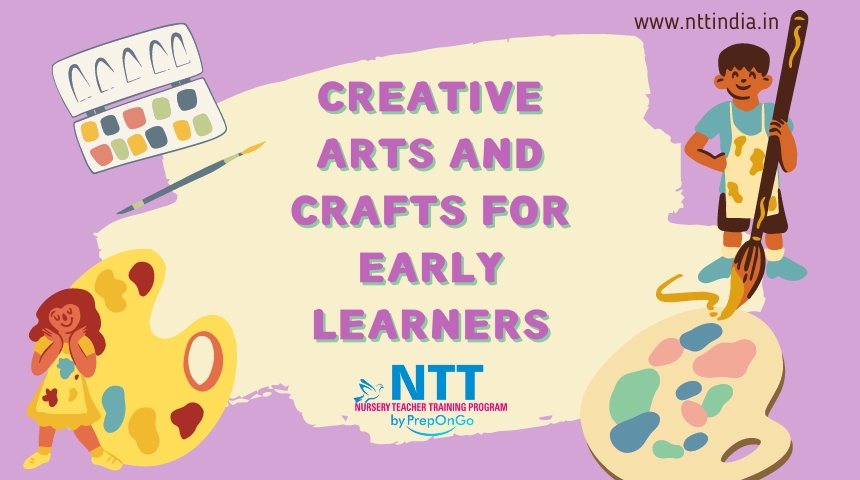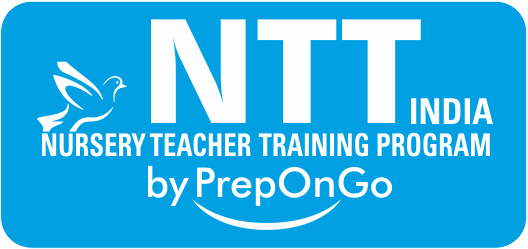Creative Arts and Crafts for Early Learners

Engaging young children in creative arts and crafts activities is a fantastic way to foster their development in various areas. These activities not only enhance their fine motor skills but also stimulate their imagination, improve their problem-solving abilities, and boost their self-esteem. Here are some creative arts and crafts ideas for early learners that are fun, educational, and easy to implement.
Benefits of Arts and Crafts for Early Learners
- Motor Skill Development:
- Activities like cutting, drawing, and pasting help improve fine motor skills and hand-eye coordination.
- Cognitive Development:
- Arts and crafts stimulate critical thinking and problem-solving skills as children decide how to create their projects.
- Emotional Expression:
- Through creative activities, children can express their feelings and ideas, which is crucial for emotional development.
- Social Skills:
- Working on projects in groups or pairs can enhance social skills such as sharing, cooperation, and communication.
- Language Skills:
- Discussing their creations and the steps involved helps in expanding their vocabulary and language skills.
Creative Arts and Crafts Ideas
- Finger Painting
- Materials: Washable paint, large paper sheets, aprons
- Activity: Let children use their fingers to create colorful paintings. This activity is excellent for sensory development and allows children to explore different textures and colors.
- Paper Plate Animals
- Materials: Paper plates, colored paper, glue, scissors, markers
- Activity: Children can create animals using paper plates as the base. They can add features like eyes, ears, and tails using colored paper and markers.
- Collage Making
- Materials: Old magazines, newspapers, glue, scissors, large paper sheets
- Activity: Have children cut out pictures and words from magazines and newspapers to create a collage. This activity enhances fine motor skills and creativity.
- Playdough Sculptures
- Materials: Playdough in various colors, plastic tools
- Activity: Encourage children to create sculptures using playdough. This helps in developing their hand muscles and fine motor skills.
- Nature Art
- Materials: Leaves, twigs, flowers, glue, paper
- Activity: Take children on a nature walk to collect items, then use these natural materials to create artwork. This activity connects children with nature and inspires creativity.
- DIY Musical Instruments
- Materials: Empty toilet paper rolls, rice, beans, tape, markers
- Activity: Create simple musical instruments like shakers using toilet paper rolls filled with rice or beans. Children can decorate their instruments and use them to explore sound and rhythm.
- Handprint Art
- Materials: Washable paint, paper, markers
- Activity: Use children’s handprints to create art, such as animals, trees, or flowers. Handprint art is a fun way to create personalized and memorable projects.
- Story Stones
- Materials: Smooth stones, paint, markers
- Activity: Paint images on stones that represent different parts of a story (characters, settings, objects). Children can use these stones to create and tell their own stories, enhancing their storytelling and imaginative skills.
- Paper Mache Projects
- Materials: Newspaper, flour, water, balloons, paint
- Activity: Create paper mache projects like masks or bowls by layering strips of newspaper dipped in a flour and water mixture over a balloon. Once dry, children can paint and decorate their creations.
- Seasonal Crafts
- Materials: Varies with the season (e.g., cotton balls for winter snowmen, leaves for autumn collages)
- Activity: Create crafts related to different seasons and holidays. This helps children understand and appreciate seasonal changes and cultural celebrations.
Conclusion
Creative arts and crafts for early learners offer numerous developmental benefits and provide a fun, engaging way for children to express themselves. By incorporating these activities into the classroom or home environment, you can support children’s growth in multiple areas, from fine motor skills to emotional development. Encouraging creativity through arts and crafts not only enhances learning but also brings joy and excitement to early childhood education.
Focusing on creative arts and crafts for early learners ensures that children receive a well-rounded education that nurtures their artistic talents and cognitive abilities.
